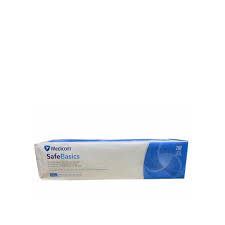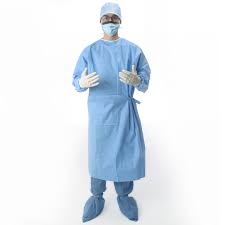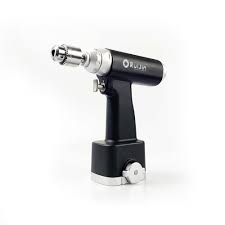Design and Material Composition
Surgical sponges are typically made from 100% high-grade cotton or a cotton-blend material. They are designed to be soft, lint-free, and highly absorbent. Some sponges are woven, while others are non-woven, depending on their intended use. They come in multiple sizes, such as 2” x 2”, 4” x 4”, and larger sizes for procedures that involve heavy fluid loss.
Most surgical sponges are pre-washed and folded into several plies (layers) to increase absorbency and reduce lint. Some are equipped with X-ray detectable threads or strips to prevent retention inside the body and enhance surgical safety through radiographic detection.
Types of Surgical Sponges
There are several commonly used types of surgical sponges, including:
-
Laparotomy Sponges (Lap Sponges): Large and used in open abdominal surgeries to absorb significant amounts of fluid and protect internal organs.
-
Raytec Sponges: Smaller, ideal for general surgeries and wound care.
-
Dissector Sponges: Soft and round, used for blunt dissection and tissue handling.
-
Gauze Sponges: Versatile and widely used for dressing wounds and cleaning surgical sites.
Each type is selected based on the surgical procedure, area of application, and absorption requirement.
Sterility and Packaging
Surgical sponges are available in both sterile and non-sterile forms. Sterile sponges are individually or group-packed in sterile pouches and are used in direct surgical procedures. Non-sterile sponges are typically used for cleaning instruments or surfaces. The packaging is clearly labeled with size, ply, material, sterility status, and expiration date to ensure proper usage and inventory control.
Applications in Surgery
Surgical sponges are indispensable in:
-
Fluid Absorption – Soaking up blood and fluids to maintain a clear view.
-
Wound Protection – Covering exposed tissues to reduce trauma.
-
Tissue Retraction – Providing gentle pressure or padding.
-
Cavity Packing – Filling body cavities temporarily during procedures.
-
Cleaning – Wiping instruments or surgical sites during or after the procedure.
Conclusion
Surgical sponges play a crucial role in maintaining a clean and controlled surgical environment. Their versatility, absorbency, and safety features like X-ray detectability make them an essential part of any surgical setup. Whether used for absorption, protection, or tissue handling, surgical sponges contribute significantly to the success and safety of surgical procedures.







Reviews
There are no reviews yet.